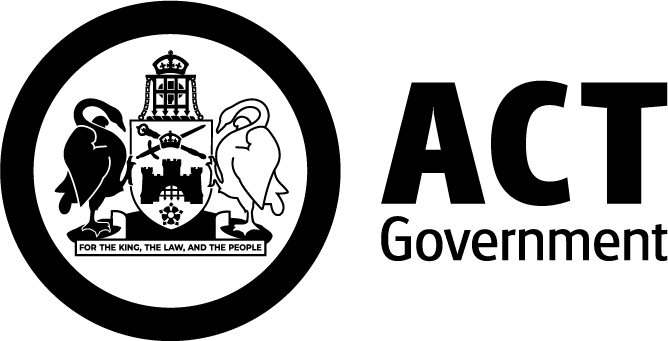Become more disaster resilient
Take steps to reduce your risk and be more resilient when disasters occur.
A disaster can happen at any time. Being ready makes it easier to handle the effects.
Being disaster resilient will:
- reduce negative impacts
- allow you to respond safely and effectively
- keep things working or get them back to normal
- adapt in a way that helps you learn and grow.
Step 1: Get connected
Communities that help each other are strong. They support each other before, during and after disasters. They share resources or lend a hand when needed. Connected communities are resilient communities.
- Get to know your neighbours. Who might need your support during an emergency, and who might you be able to ask for help.
- Join a community group. Strong community groups have better outcomes after hazardous events.
- Identify your support network. Name at least three people among your neighbours, community, friends and loved ones you could call for assistance.
Step 2: Know your risk
Consider which hazards and risks might be relevant to where you live.
Think about:
- Where and when do these hazards occur?
- What impact could these hazards have on me, my property, friends and loved ones?
- What can I do to reduce the risks?
Step 3: Make a plan and pack a home emergency kit
Make a household survival plan. Write down what each person should do during an emergency. Consider:
- if you will shelter in place or evacuate
- where you will evacuate to
- what route you will take to get there
- what you will do with your animals
- who you need to check on and who you need to inform when you evacuate
- what last minute items you need to pack in your home emergency kit
- what tasks you need to do before you leave.
Make sure you practice this plan with your household, and that everyone knows what their role is.
Pack a home emergency kit [PDF 1.4 MB]. Make sure you include digital copies of important documents. You may need to be self-sufficient for the first three days of an emergency.
Step 4: Prepare and protect your home
There are many things you can do to prepare and protect your home:
- Check that you have enough home and contents insurance. The Australian Government has resources to assist.
- Design or modify your home and garden. Read our guidance on creating climate resilient homes [PDF 8.6 MB].
- Regularly maintain your home and garden.
Step 5: Be aware
Early warning allows early action.
Natural hazards
In the ACT, natural hazard warnings and updates are available on the ACT Emergency Services website. The ACT uses the Australian Warning System. There are 3 levels of threat: advice, watch and act, and emergency warning.
The Hazards Near Me NSW App also displays natural hazard near the ACT. ABC radio will provide regular emergency broadcasts as well.
You might get a call or message on your mobile phone. Local emergency services will do this when there is an emergency nearby. Follow the directions given.
Health hazards
Find out about health alerts.
Biosecurity hazards
Find out about biosecurity alerts.
